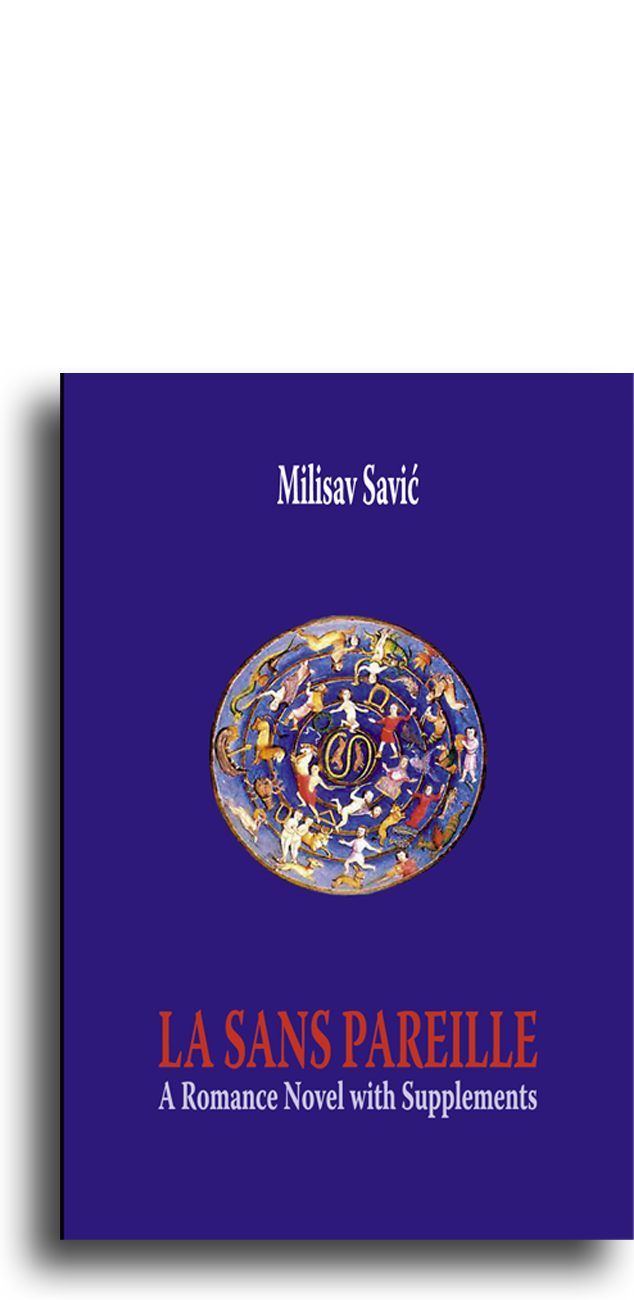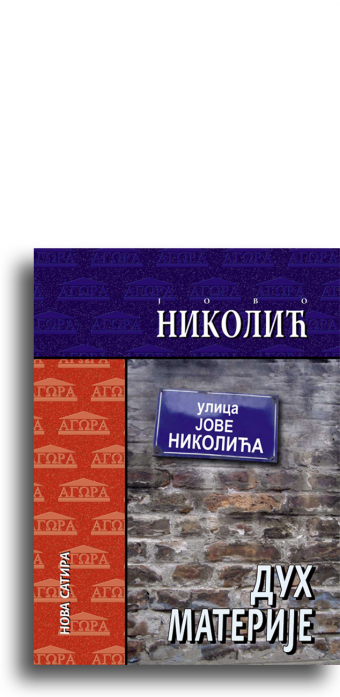Description
Trailing the path to the warning that “the world is an evil and dangerous place” and that “only disguise can save us from the lurking, evil vultures”, Milisav Saviñ leads us through the deep backwaters of an unusual love story which takes place during a mystical spring journey through Tuscany, while in fact it is set in the framework of the Yugoslav wars during the nineties.
Knowing that “only an imaginary world makes some sort of sense”, Saviñ gradually sheds light on the secret places of his heroine, who is nonpareil and silly, and his hero, multiply disguised, much like the author himself.
His hero, a young artist named Hasan, a refugee from Bosnia, who like Casanova, “sees one woman in all and all women in one”, experiences fated love in Florence at the start of the nineties, but towards the end of the decade is forcibly mobilized and disappears during the war in Kosovo, under the watchful eye of organ traders.
Like some contemporary Serbian Decameron, seen through stories, dreams, letters, essays, comments, endnotes and other notes set within the framework of groups of ten, Saviñ’s novel is written using various narrative registers, similar to a puzzle consisting of fact and fiction, literary experience and historical mapping of illusions pertaining to the world, like an in-depth story about our recent past.
The mystery of love and the mystery of a journey, released through a prism of art of the Renaissance man, are contrasted to the context of our harsh history, filled with unnecessary wars and inevitable refugees. As with Saviñ’s novel, Bread and Fear, written a quarter of a century ago, which was a literary epitaph for communist Yugoslavia, this novel also, quite extensively, individually and collectively, pieces together a picture of the war of the nineties.
Nenad Saponja
La Sans Pareille. This was the nickname of Simonetta Vespucci. Meaning: incomparable, unparalleled, the most beautiful. The title alludes to the main story – unusual, uncommon, somnambulistic. To some extent, even the heroine, not due to her unparalleled beauty, but rather her real or factious biography.
Milisav Savic (1945), the author of this novel and one of the most notable contemporary writers in Serbia. Present in the story even more than a writer, mostly in disguise. Besides, this is the case with all autobiographical notes: the writer’s goal is to present himself to the reader in the best possible light. He is a child of Tito’s, Communist generation. He debated a long time whether to give preference to writing or living. Critics say he transformed from book to book. Wore disguises, he would say. Did various types of work in his life. Again, out of the desire and need to disguise himself.
The first edition of Savic’s novel, La Sans Pareille, attracted considerable attention among the reading public and literary critics, and the book was sold out in a few months. Numerous critical reviews were published and it received five literary awards: “The Meãa Selimoviñ Award” by the Veåernje novosti jury, “The Vuk’s Foundation Award”, “The Borisav Stankoviñ Award”, “The Petar Koåiñ Award”, “The Stefan Mitrov Ljubiãa Award”. The novel was also included in the final selection for “The NIN Award”.











Reviews
There are no reviews yet.